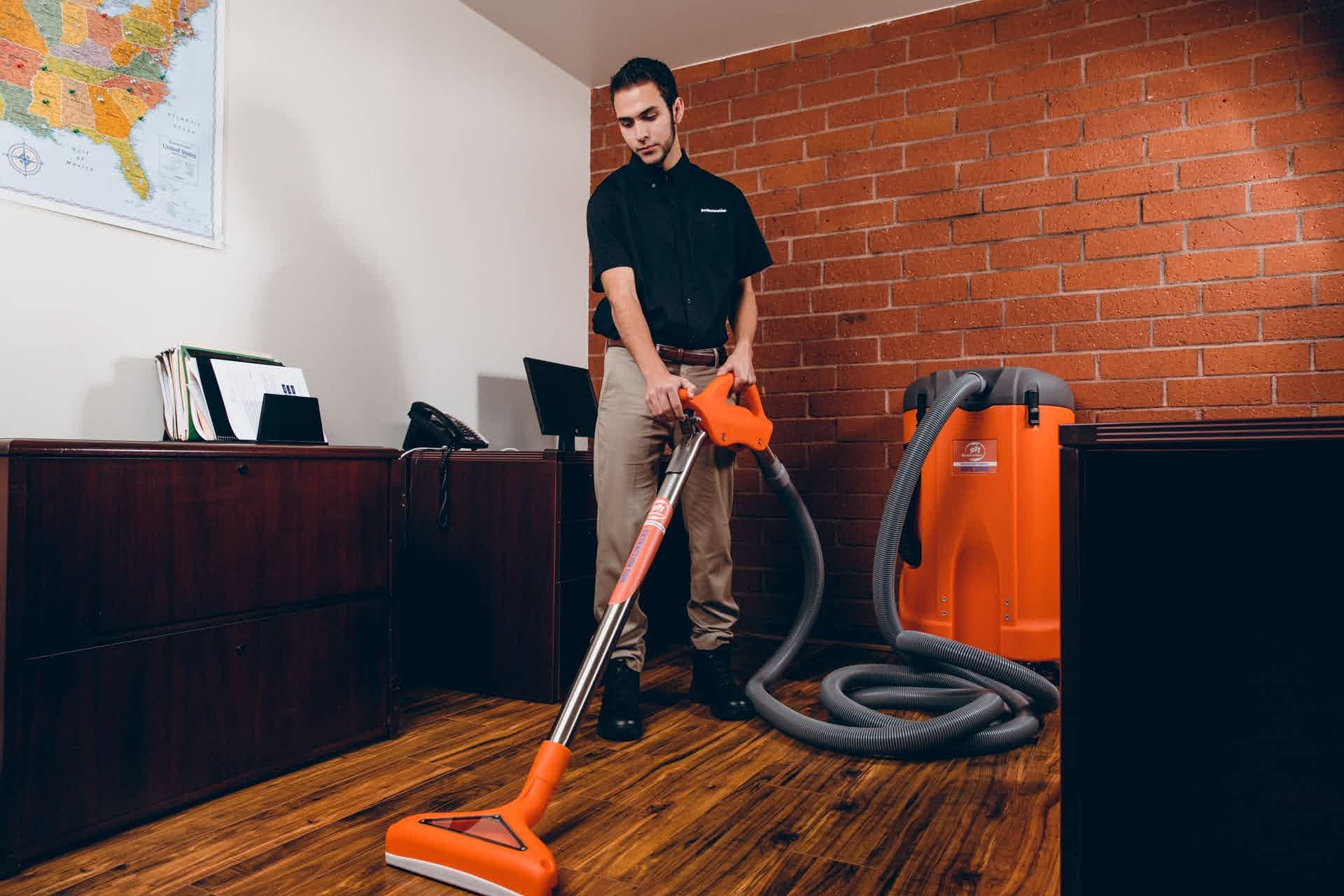Most people associate indoor plumbing with toilets, sinks, showers and tubs. Every home’s plumbing system is connected with the outside world via incoming pipes and drainage. Drainage systems are vital. There are two options: catch basins and dry wells. Although they are similar in some aspects, they operate in completely different ways. We will be taking a closer look at dry basins and catch wells in this article.
Common Characteristics
Catch basins and dry wells can be used to treat wastewater. It is crucial to prevent seepage from your home. This could cause basement flooding, water damage, or even damage to your foundations. You may notice that your lawn becomes soggy and wet as the water reaches it. Both systems have pipes and grates to collect the water. Let’s now look at the differences between catch basins and dry wells.
What Does a Catch Basin Do?
A catch basin, which is typically a rectangular box measuring one foot in size and placed at the lowest point of a yard, is common in residential homes. A metal grate is located at the top of the box to keep large debris pieces from falling into the catch basin. The catch basin bottom is formed when the water flows off the ground. The catch basin box will be filled with water if there is any solid material. The water is then diverted from the basin to a pipe that runs to a stream, river or, in some cities, a sewer system.
A catch basin has several key benefits. A catch basin is a great way to collect any debris in your yard. The material is kept from the storm drains or sewers, where it can cause blockages. A catch basin will improve your home’s aesthetic appeal and increase its value.
There are some drawbacks to catch basins. If you are considering installing one, these are the things you should consider. First, maintenance is required if there is a catch basin. You will need to lift the grate, and remove any sediment or debris. A sinkhole could be caused by a broken pipe running from the catch basin. This needs to be repaired professionally. The catch basin can contain large amounts of organic material, which can attract mosquitoes. Depending on your yard’s dimensions and slope, you may need to install multiple catch basins.
If you are considering a catch basin installation, it is a good idea to have a local plumber inspect your plumbing system. If you have problems with water drainage or a wet yard, a catch basin can be a great solution. Water can be difficult to control and it is not easy to find the best location for a catch-basin to discharge the water.
What Does a Dry Well Do?
Dry wells are used to remove water from roofs, gutters, septic tanks and paved surfaces. A dry well is simply an area in the ground that has been reinforced using bricks, concrete, or stone. The hole is approximately 6-8 feet deep, 4-10 feet wide and covered to prevent any accidents. The soil around the well is porous and water runoff and stormwater seeps into it. The soil acts as an natural filter system to slow down the release of water and prevent flooding. It is possible to use a dry well to stop lawn flooding and to augment an existing septic system.
Before you make a decision on installing a dry well, there are a few things to be aware of. If your home has a high level of water table, it can quickly overwhelm the system during heavy rains. It is possible for dry wells to become clogged with runoff debris like leaves. This can make it difficult to clean out.
Drainage Maintenance Problems
Runoff can lead to a lot more organic and inorganic material. It can end up in a catch basin, or dry well. This can take quite a while to dry. It can become a bit smelly as the material dries and attracts pests. This is a sign that your drainage needs to be cleared. You can lift the catch basin grate to scoop out any material. It is more difficult to dry well. This requires the use of specialized equipment and professional plumbers. To clear any obstructions to drainage, the sides of the dry well might need to be scraped.
Do You Need Extra Drainage at Home?
You may be used to standing water in your lawn. This is why you will need extra water drainage. This is especially true if water is accumulating near foundations where it can cause serious damage. A drainage system is also beneficial for homeowners with sloped yards, where water runoff can cause streams of water. Which drainage system is best for you? A dry well and a catch basin serve the same function but work in different ways. This is not a good idea. There are many things to consider.


